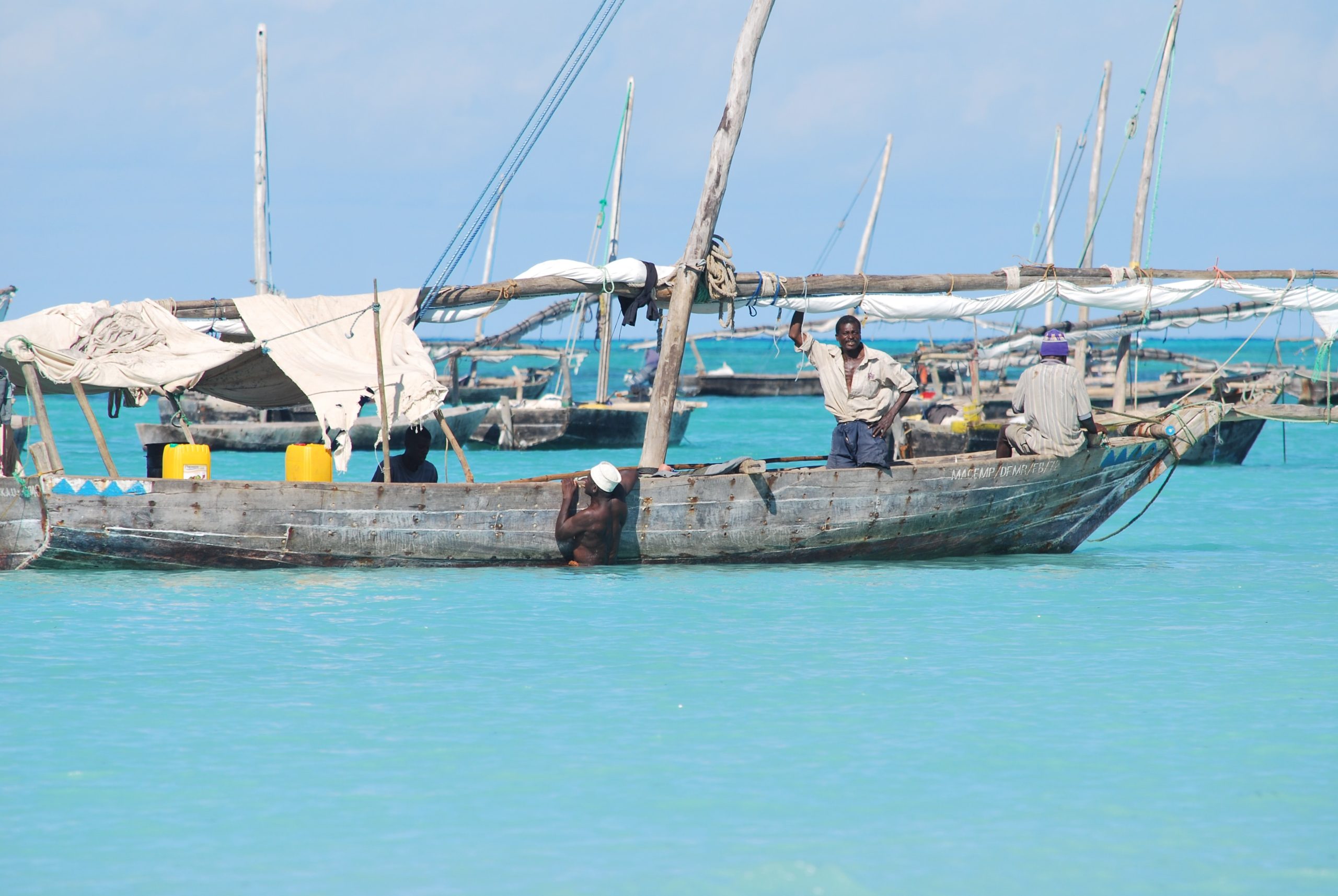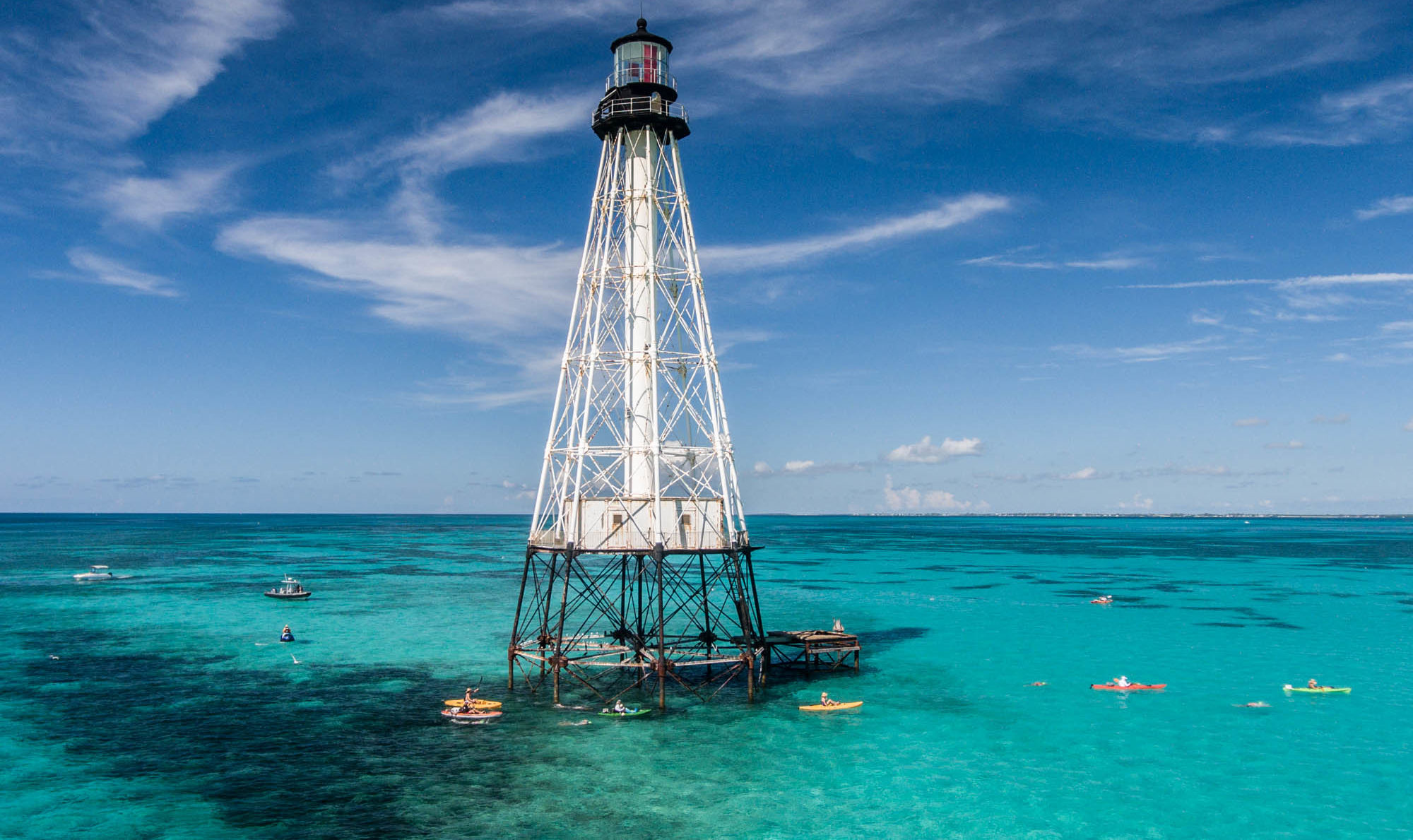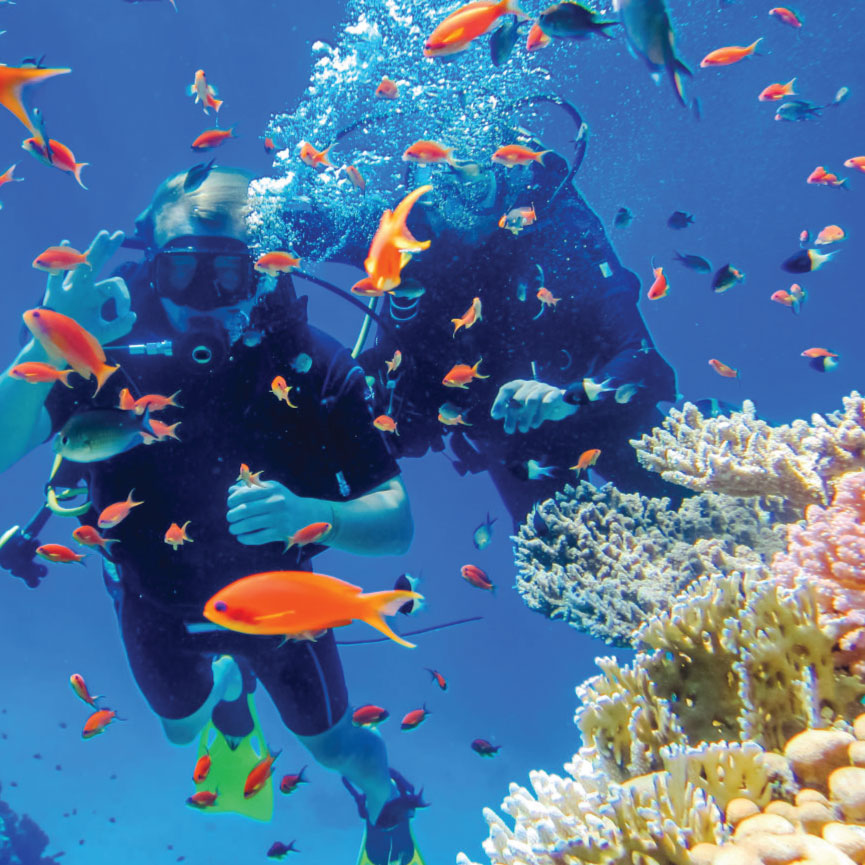The New International Land-Sea Trade Corridor, a trade and logistics passage jointly built by western Chinese provincial regions and Singapore, recently launched a new transport route, creating the first direct link to the Indian Ocean. The route's first outbound rail-sea transport freight train left southwest China's Chongqing municipality on April 2.
It will first reach the Laotian capital Vientiane by railway and pass through Thailand via highways before arriving at Myanmar's Yangon, its final destination, a news agency reported.
The new freight service is estimated to take about 10 to 14 days to reach Yangon, cutting the logistics time by more than 20 days compared to the traditional route that goes to eastern coastal cities via the Yangtze river, and then out to sea, according to the corridor's operator.
Read More here .








